Mary as the New Eve: Restoring Humanity's Relationship with God
Introduction: This discourse examines the theological concept of Mary as the "New Eve," exploring her pivotal role in Christian theology as a counterpoint to Eve in the Genesis narrative. We will analyze key events in her life, drawing upon established theological principles and interpretations to illustrate her significance in restoring humanity's relationship with the divine. Key concepts include the Immaculate Conception, the doctrine of the Incarnation, and the Marian dogmas recognized by the Catholic Church. This analysis will apply these theological frameworks to understand Mary's influence on spiritual life, highlighting her intercession and maternal role.
The Immaculate Conception and Original Sin: The doctrine of the Immaculate Conception posits that Mary was conceived without original sin, a unique distinction among humanity. This freedom from original sin, understood through the lens of Augustinian theology on grace and the inherent human condition, made her a suitable vessel for the Incarnation. This concept, central to Catholic theology, establishes Mary's exceptional status within salvation history, allowing her to act as a mediator free from the limitations imposed on humanity by the Fall. This freedom directly combats the consequences of original sin that affected Eve and, subsequently, all humanity.
Mary's Fiat: Obedience and the Divine Plan: Mary's "fiat," her unwavering acceptance of the angel Gabriel's message (Luke 1:38), exemplifies perfect obedience to God's will. This act of complete surrender contrasts sharply with Eve's disobedience in the Garden of Eden. This theological comparison, often articulated through typological interpretations, positions Mary's obedience as crucial in reversing the effects of the Fall and initiating the process of redemption. Her 'yes' initiates God's salvific plan which is highlighted by various models of reconciliation.
The Annunciation: A Counterpoint to the Fall: The Annunciation, mirroring the events in the Garden of Eden, presents a powerful contrast. Whereas Eve's disobedience led to humanity's separation from God, Mary's obedience resulted in the Incarnation – God becoming human in the person of Jesus Christ. This pivotal event, foundational to Christian soteriology, offers a powerful counter-narrative to the Fall, highlighting the restorative power of faith and obedience.
Mary as the New Ark of the Covenant: The typology comparing Mary to the Ark of the Covenant (a sacred vessel containing God's presence in the Old Testament) emphasizes the sacred nature of her role. By carrying the Word made flesh within her, Mary embodies the presence of God among humanity. This analogy illuminates her status as a mediating figure between God and humanity, a bridge built to reconnect humanity with the divine after the rupture of the Fall. This concept highlights the importance of the sacred vessel that Mary represented.
The Visitation: A Manifestation of Grace: The Visitation, Mary's visit to Elizabeth, emphasizes the grace bestowed upon Mary and her role as a sanctifying force. Elizabeth's recognition of Mary's blessedness underscores Mary's holiness and the spiritual power she carries. This event showcases the powerful influence of Mary's holiness upon others, echoing the spread of grace through redemptive acts.
Mary's Intercession and Maternal Role: Throughout scripture and tradition, Mary is portrayed as a powerful intercessor. Her intercession at the wedding feast in Cana demonstrates her ability to bring humanity's needs before Christ. This role as an advocate demonstrates the profound love and compassion of Mary, emphasizing her desire to aid humanity in its path towards salvation. Her intercession is frequently described through the lens of maternal love and care.
Mary as Mother of Humanity: Jesus' entrusting of Mary to John (John 19:27) established Mary as the mother of all believers. This act extends Mary's maternal role beyond her biological son, encompassing all humanity. This maternal role provides a vital framework for understanding Mary's continued relationship with humanity, extending her love and care to believers worldwide.
Mary, Queen of Heaven and Earth: The title "Queen of Heaven and Earth" signifies Mary's exalted position in the heavenly realm and her reign alongside Christ in the kingdom of God. This title underscores her ultimate triumph over sin and death, emphasizing the victory achieved through Christ's sacrifice and Mary's unwavering faith.
The Assumption: A Sign of Hope and Redemption: The dogma of the Assumption, proclaiming Mary's bodily and soul ascension into heaven, affirms the ultimate triumph of grace over death and signifies the hope of eternal life promised to believers. This dogma offers encouragement to believers, providing a concrete example of the resurrection to which Christians aspire. This emphasizes the promises given by God to those in obedience and unwavering faith.
Devotional Practices: The Rosary and Marian Piety: Devotions like the Rosary serve as powerful means of connecting with Mary and drawing closer to God. By meditating on the life of Christ, the Rosary emphasizes Mary's contemplation of her Son and enables believers to unite their spiritual journey with Mary’s deep faith and reflection.
The Catechism and the Saints' Testimonies: The Catechism of the Catholic Church and the testimonies of countless saints affirm Mary's central role in salvation history. These emphasize the consistency of belief regarding Mary's significance and the enduring nature of her devotion within the Church. Their reverence reinforces her vital role within the Christian faith.
Personal Connection and Spiritual Growth: The concept of Mary as the New Eve is not merely a theological abstraction; it holds profound personal relevance for believers. Her example of faith, obedience, and unwavering love offers a roadmap for spiritual growth, guiding believers toward a deeper relationship with God.
Conclusion and Recommendations: This exploration of Mary as the New Eve reveals her profound significance in Christian theology and spirituality. Her life and actions, viewed through the lens of theological concepts and models, present a powerful counterpoint to the Fall, offering hope and redemption to humanity. Further research could explore comparative theology, analyzing other religious traditions' perspectives on similar archetypes of feminine figures associated with divine mediation. The impact of this research lies in reinforcing the theological significance of Mary and providing a framework for personal spiritual growth. This study's applicability extends to both theological studies and pastoral practice, deepening understanding and strengthening faith.
Reader Pool: Considering the theological interpretations presented, how might a comparative analysis of Mary's role with analogous figures in other religious traditions enhance our understanding of her significance within Christianity?
```


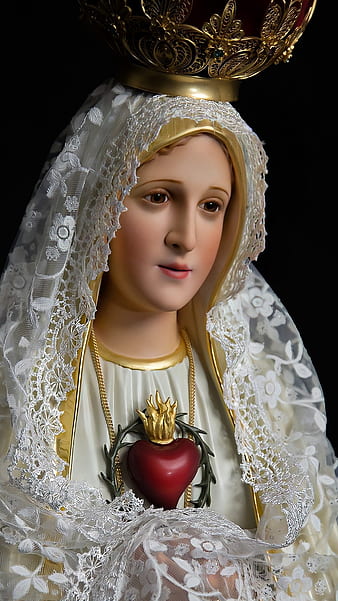
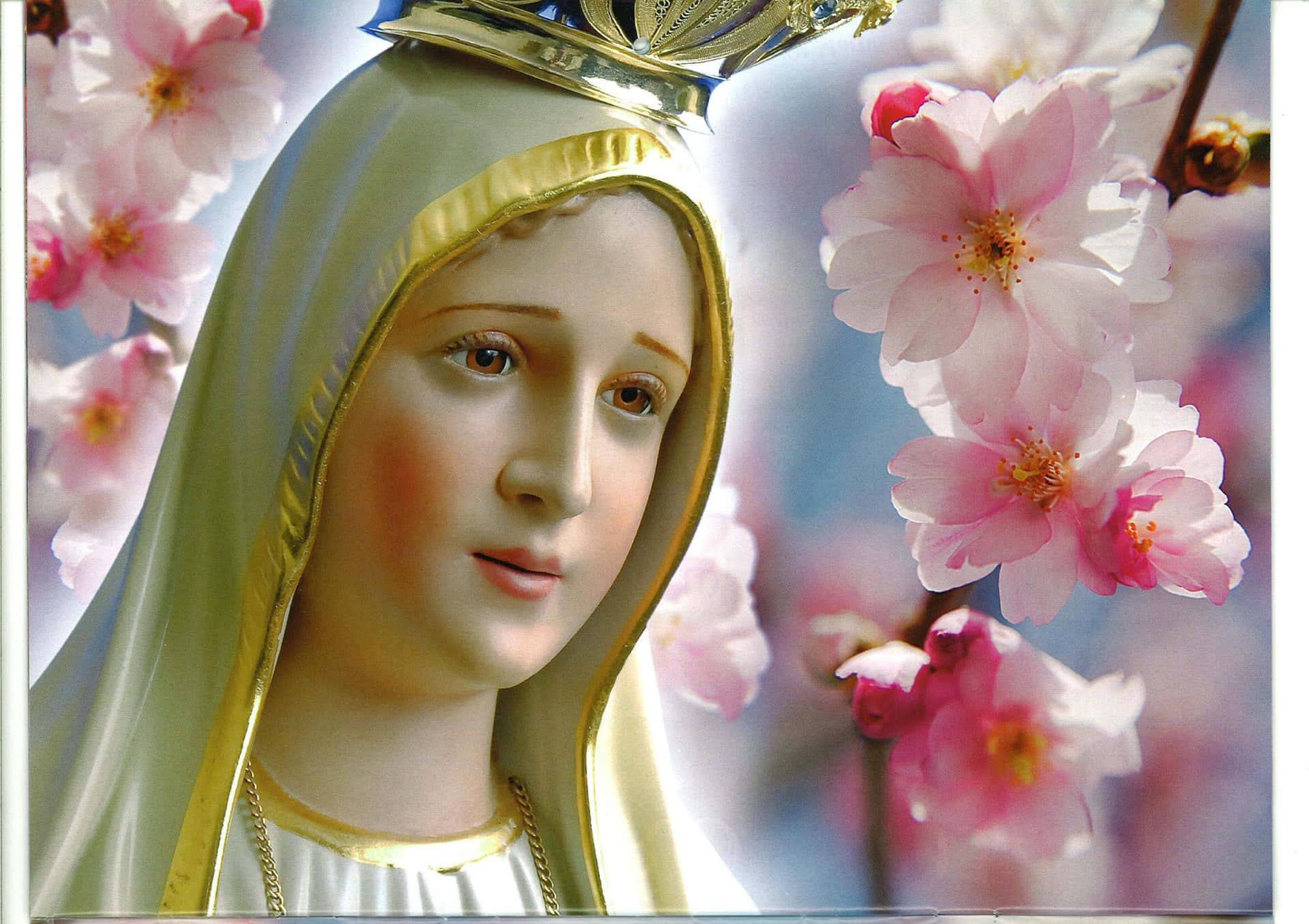

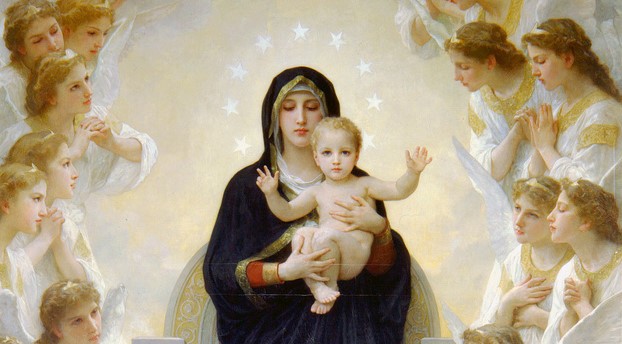
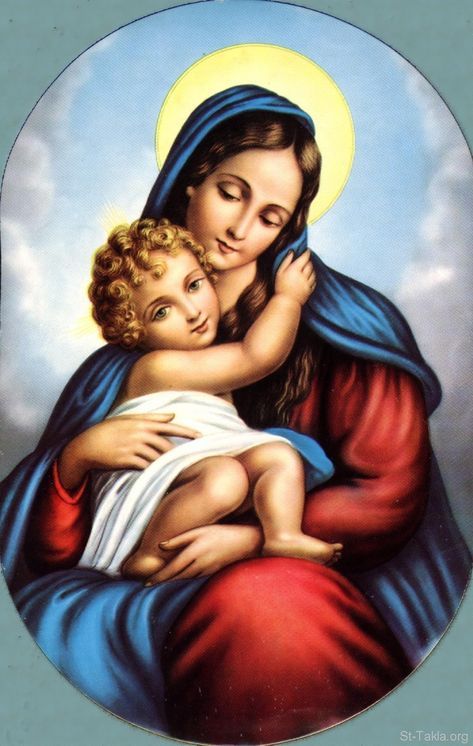
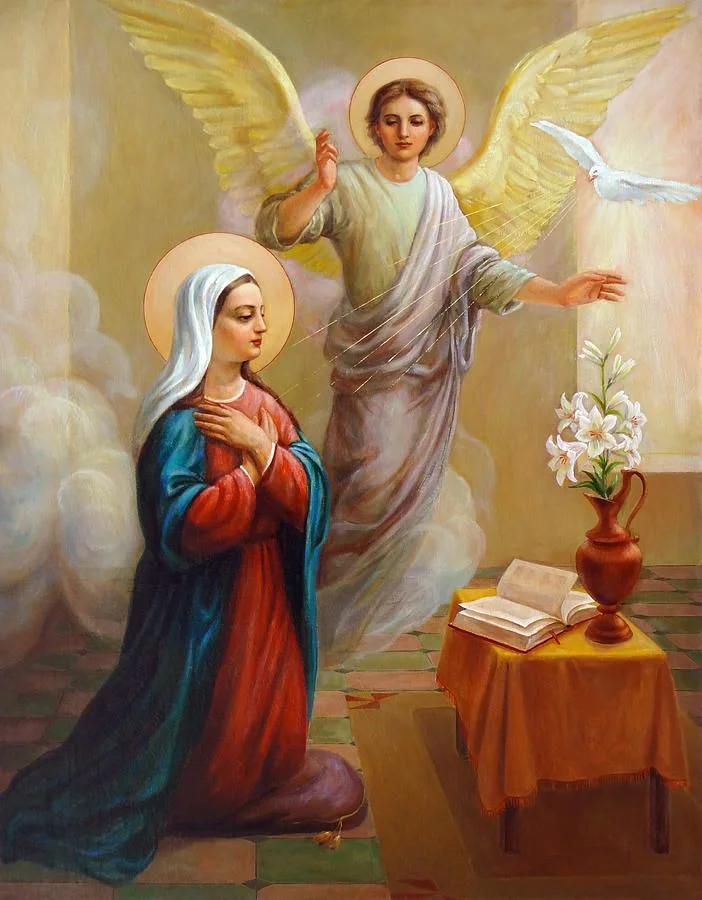

No comments yet. Be the first to share your thoughts!